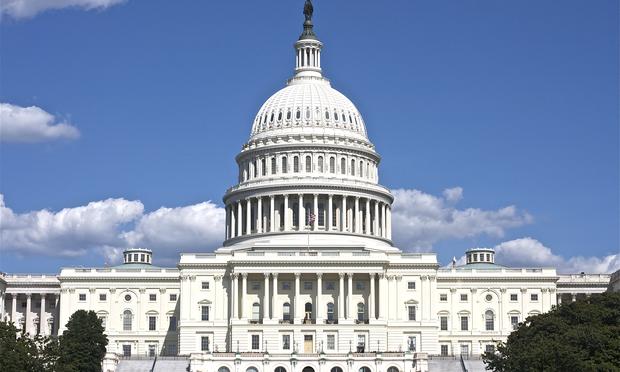Check Out the New Visa Bulletin
The spate of immigration-related executive orders announced by President Obama in November 2014 has received attention because of the proposed expansion of DACA and the addition of DAPA (Deferred Action for Parents of Americans). While these provisions are being litigated, there are other immigration aspects of the executive orders that are being placed into practice. One of those is the modernization of the visa system. The October 2015 Visa Bulletin is the inaugural “modernized” visa system.
There are now two charts available per visa preference category. The Visa Bulletin will display Application Final Action Dates and Dates for Filing Applications. The Final Action Dates are when the visas can be issued. The Filing Applications Dates are the earliest an applicant may apply for Permanent Residence.
There are many individuals in the United States who have an approved PERM (Permanent Labor Certification) petition, but have not been able to apply for their Green Cards because they are waiting in lines. An Indian national might have his EB-2 PERM petition approved from October in 2010 but still be waiting in the line. While this does nothing to change the line, it provides guidelines on when individuals can file and get the Permanent Resident process started. Another benefit for someone in that situation is that he can change his employment without injuring his chances for permanent residence. The American Competitiveness Act allows for this change in employment.
The other benefit is that this normalizes the chasm in procedures of the Department of State (DOS) and USCIS. DOS handles applications filed abroad and USCIS adjudicates domestic petitions. DOS permitted the application process to begin based on its estimates of when the process would finish and a visa would be needed. USCIS forbade applications until a visa was available. This disparate system caused fluctuations in visa availability and the loss of visas that could be issued in a year. The syncing of procedures should help smooth out the disparities.
For an aspiring American Permanent Resident, the Visa Bulletin is the monthly release that informs you whether you are moving closer to a Green Card or further. It is divided by countries (“chargeability” – India, China, Philippines, Mexico, and everyone else) and by category in both the family and employment categories.
The employment category are broken into five tiers from EB-1 down to EB-5. The family category is organized by five tiers, as well, depending on the status of the person sponsoring the foreign national and her relationship to the foreign national. For example, a US citizen sponsoring her brother is in FB-4.
The Department of State releases the monthly visa bulletins based upon visa availability for the remainder of the fiscal year. The numbers are calculated on the follow factors: qualified visa applicants, pending adjustment of status applications that USCIS has, and the historical drop off rates through denials, withdrawals, and abandonments of petitions.
